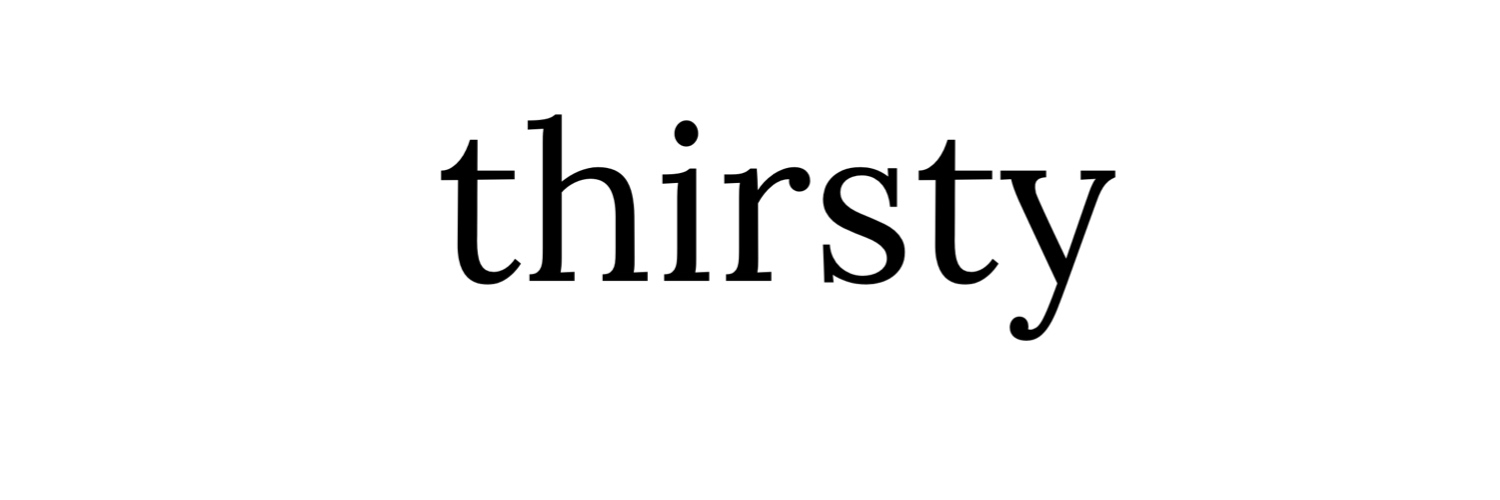Lately, I’ve been sticking to a pretty strict schedule. Wake up at 6:00 a.m., brush my teeth, make some tea and get started on my novel. But if I’m not careful, it’s so easy for the day to get away from me.
And I’m not the only one.
Did you know that only seven percent of workers feel they’re productive? Turns out, it’s not our fault. Humans are hardwired to be repetitive — which means even ‘bad’ habits are likely to stick when we fall off the wagon.
Find out how to be productive when you’d rather just. not.
How to Be Productive: 9 Tips to Trick You Into Productive Bliss
1. Habit Stacking
According to Atomic Habits author, James Clear, it’s easier to start a new habit when you piggyback it to an established one.
For example, the first thing I do when I wake up in the morning is run to the bathroom (I’ve got a bladder the size of Rhode Island, OK?). I don’t need to remember to do this because my body tells me IT’S TIME TO GO!
I wanted to get into the habit of brushing my teeth first thing every morning, so after I went to the bathroom and washed my hands, I started immediately brushing my teeth. Going to the bathroom is associated with washing my hands and washing my hands (in the morning at least) became associated with brushing my teeth.
Also, my toothbrush hangs right over the sink. So, the sight of the toothbrush is another cue to brush my teeth.
I also wanted to start creating a morning ritual to set a good mood for the rest of the day. So, I stacked playing my ‘Happy’ playlist on brushing my teeth. Then, I added ‘make tea’ to pressing ‘play’ on my playlist and then ‘meditate’, ‘morning mantra’, and so on and so forth.
You can use habit stacking to create a positive habit for just about anything. From doing the dishes to writing a novel to making your to-do list your ta-done list.
Habit stacking increases the likelihood that you’ll stick with a habit by stacking your new behavior on top of an old one. This process can be repeated to chain numerous habits together, each one acting as the cue for the next.
2. How to Be Productive Using the Chunking Time Method
The Chunking Time Method has been around for a while now. But I still think it’s one of the best productivity tricks out there.
I use this all the time when I don’t feel motivated to write.
If I need to write a 1,000-word article, the length can sometimes seem a little daunting. So instead of trying to write a 1,000-word article, I commit to just writing the first 250 words. This usually takes about 10 minutes if I’m laser-focused. Then, I take a five-minute break. My next milestone is 500 words, 750 and so forth. I get little mini-breaks between each segment of writing.
It tricks my brain into thinking I’m not doing as much work as I actually am.
3. Set the Mood
When it comes to productivity, environment is everything. Our brains and bodies want to be happy. When we’re in a good mood, our productivity just flows better.
If your office or workspace is designed for productivity, it will be easier to complete your tasks. And you’ll find it more enjoyable to do so.
If you work from home (or your office lets you choose your own decor), you might want to:
- Paint your office a calming color
- Incorporate plants or other living things in the decor
- Decorate your office and desk with objects that spark joy
- Burn scented candles or incense to create a cozy atmosphere
- Play soothing (or energizing!) music to keep your creativity flowing
When you feel good, your brain is in the right space to allow you to be more productive.
4. Track Your Energy
Did you know that your energy levels fluctuate throughout the day — and that everyone has their own unique high-productivity times?
Personally, I’m most productive before 11 a.m. This is why I always try to wake up around 6 a.m. and start work no later than 7 a.m. (Ideally, I’d love to wake up at 5:30 a.m. — but hey. Baby steps.)
Another one of my favorite self-help/productivity authors is Daniel Pink.
Pink believes that there’s a time for pretty much everything. In his book When: The Scientific Secrets of Perfect Timing, he says everyone experiences these three stages each day:
- Peak
- Trough
- Recovery
You might want to track your energy levels in 90-minute increments to see what times of day you experience the above three stages. Especially, when you’re trying to focus on how to be productive.
The kicker? There’s no one-time-fits-all energy level for every person. Night owls might experience highs after midnight. Morning people might get that energy boost right when they wake up.
One thing we all have in common? We usually all feel a boost in positivity in the first half of our days (no matter what time that happens to be).
5. The 90-Minute Rule
We all know about the circadian rhythm sleep cycle. But did you know that humans have a waking cycle too?
Despite what our 9-to-5 grandparents would have claimed, we work best when we take breaks at least every 90 minutes or so.
I for one need breaks a little more often. I’ll take five-minute breaks when I’m writing a labor-intensive article. But I’ll also take at least a 15-minute break every 90 minutes or so. This helps keep me motivated and keeps my energy levels high.
On these longer breaks, I usually go for a walk, eat a meal, take a shower, listen to a podcast or do something else that totally relaxes my brain and switches my work mode to ‘off’.
6. Start Small
Depending on how much time you have to enhance your productivity, you might want to consider starting small. At least that’s what B.J. Fogg, author of Tiny Habits suggests.
Pick a small step toward your goal—a step so tiny, you’ll think it’s ridiculous. Because it’s radically easy, you’re more likely to actually complete the behavior, regardless of how much or how little motivation you feel.
When you start small, you trick your brain into getting happy and celebrating tiny wins. Those tiny wins add up — and often lead to bigger habits and even bigger wins.
7. Make Friends With Your Struggle
I’m a big fan of making friends with my most despised emotions and mental states — especially when I’m struggling with how to be productive. Boredom, loneliness and self-doubt are all the best teachers you could ask for. I actively try to find ways to enjoy these times that might otherwise seem uncomfortable.
In her book Big Magic, Elizabeth Gilbert writes that she constantly talks to her inner critic. She understands that the critic will always be there. So instead of banishing that voice from her head, she sets some boundaries to ensure the road trip with creativity will go smoothly.
There’s plenty of room in this vehicle for all of us, so make yourself at home, but understand this: Creativity and I are the only ones who will be making any decisions along the way. I recognize and respect that you are part of this family, and so I will never exclude you from our activities, but still—your suggestions will never be followed. You’re allowed to have a seat, and you’re allowed to have a voice, but you are not allowed to have a vote.
– Elizabeth Gilbert, Big Magic
8. Create a Schedule — But Leave Plenty of White Space
I create a schedule every night before I go to bed as a part of my evening routine. It helps me sleep knowing that I have everything planned out for the day ahead.
The most important part of that schedule?
The white space between each task or event. I know that there will always be things that come up during the day. There’s pretty much no way to avoid that. The more white space I have, the easier it is to shift my day around. And ultimately, the less stress I’ll experience.
9. Banish Distractions
Whatever you pay attention to, you’ll feed. If you’re laser-focused on the task at hand, you’ll finish it. If you’re constantly distracted by texts, emails, phone calls, screaming kids and the Real Housewives, those things are going to usurp all of your attention.
Turn your phone off, download a social media blocker, close your email tabs and get out of the house for a few hours.
Yes, you’re going to miss out on knowing why one of the Real Housewives was angry at a cat. But you’ll have completed your daily tasks for the day. And that my friends, is just priceless.
How do you organize your schedule? How do you stay laser-focused while trying to figure out how to be productive?? Leave a comment below!
Disclaimer
Hey, hey! Just a few things before you leave… this post contains affiliate links, so if you buy something after clicking on a one, I might (fingers crossed!) just get a little commission. Good news: I only recommend products that I love! Which means you can feel good about all of my recs.
Also, you should know that I’m not a doctor. More importantly, I’ve never played one on TV. Always consult your doctor before taking any advice from me (or anyone else on the internets for that matter).


